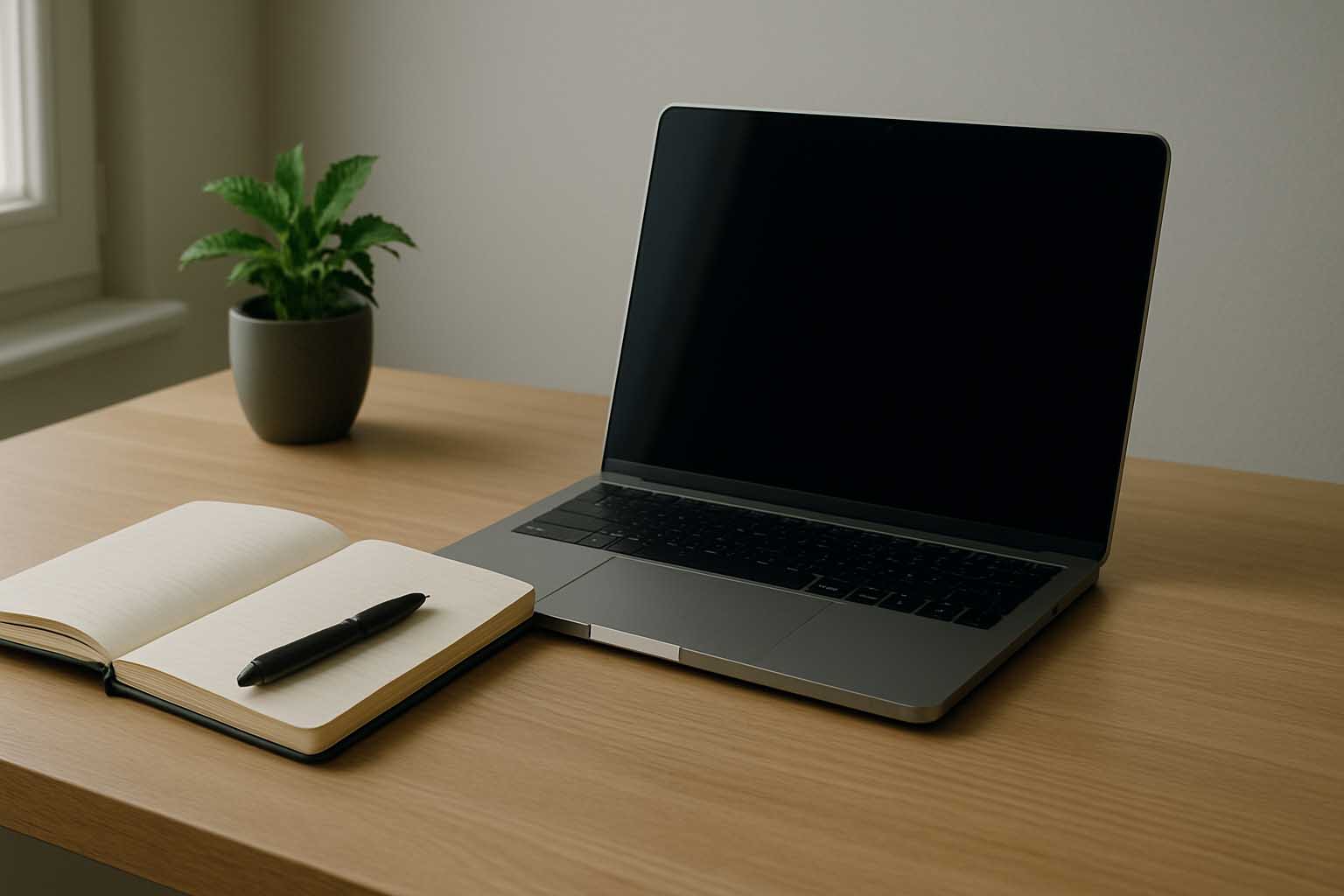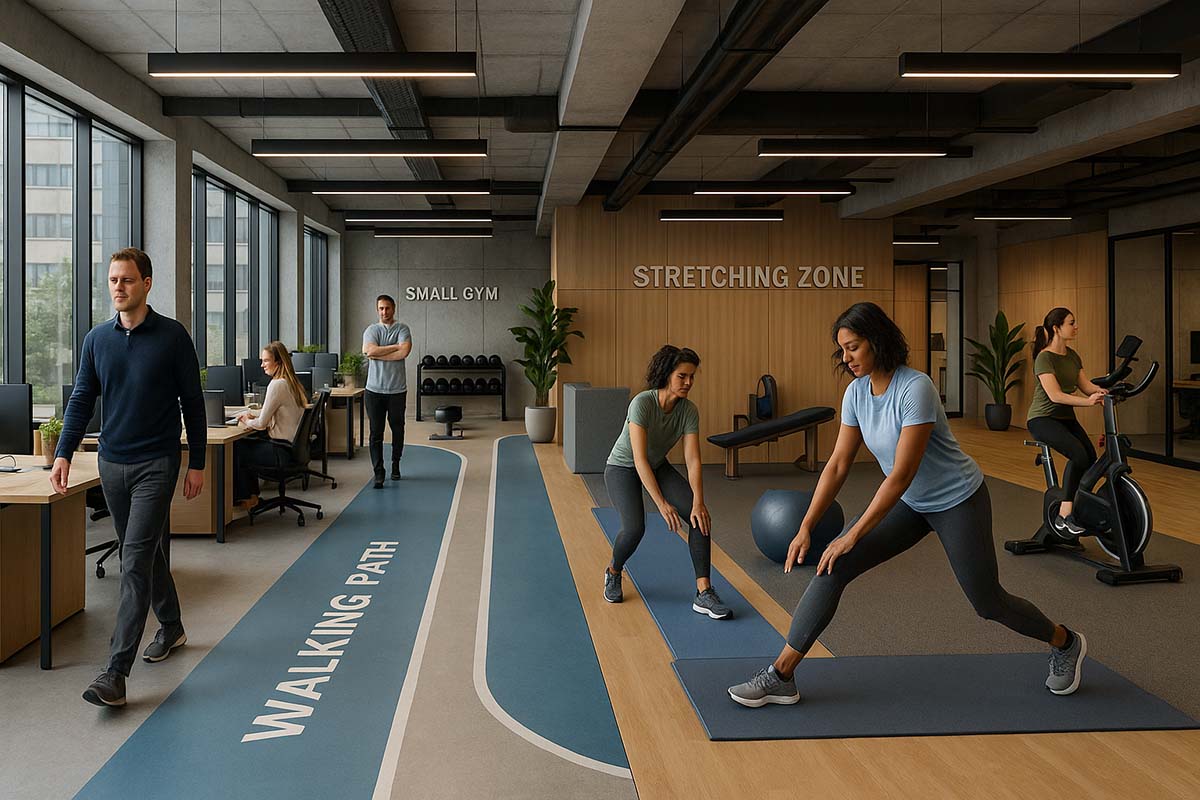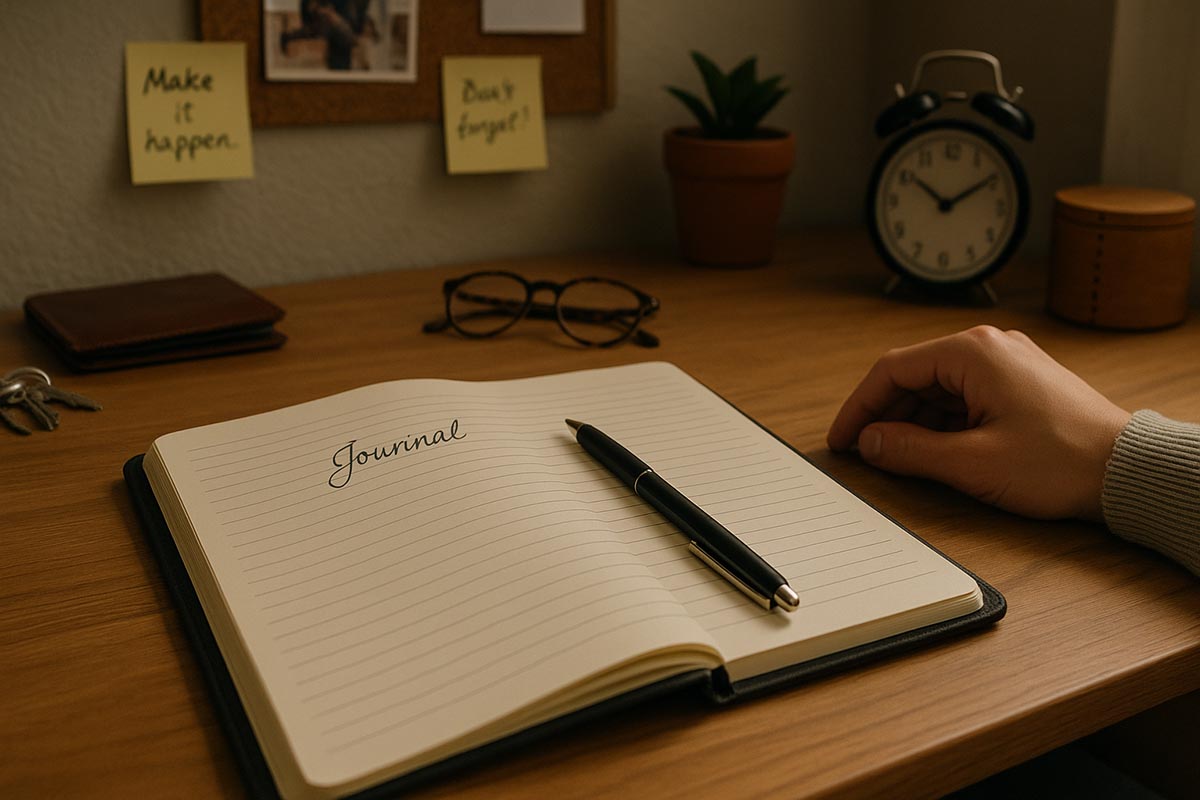How Minimalism Supports Better Organization
Minimalism: The Quiet Strength Behind a Well-Organized Life and Career
Why Less Can Truly Be More
Remote work, coworking, and digital collaboration have become everyday norms. With this shift comes a flood of tools, apps, files, and clutter—both physical and virtual. The more we accumulate, the harder it is to concentrate. That’s where minimalism steps in—a lifestyle choice that focuses on less, but better.
Choosing minimalism helps professionals regain control. From a freelancer’s desk in Berlin to a startup’s shared table in São Paulo, the approach is the same: remove distractions, focus on what matters, and create a calmer, more intentional work life.
Understanding the Impact of Minimalism
Minimalism is no longer just a design trend or an art movement. What began in the 1960s as an aesthetic approach has evolved into a global philosophy. In today’s fast-paced environment, digital and physical clutter can easily spiral out of control.
Rather than adding another tool or gadget, many find it better to reduce what they own and keep only what serves a clear purpose. A minimalist setup helps in scheduling, tracking progress, and ultimately, achieving goals more smoothly.
A Clearer Space Brings a Clearer Mind
Picture two desks. One is covered in papers, tangled chargers, and old coffee cups. The other holds just a laptop, a pen, and a glass of water. Which one invites more focus?
Studies from Princeton University’s Neuroscience Institute reveal that too many visual cues compete for attention. When the environment is simple and orderly, the brain can zero in on the task more easily. It’s not about creating an empty space—it’s about making space for clarity.
How to Start Decluttering Physical Items
Set aside weekly time to assess what you no longer need. You might be surprised at what’s taking up space without adding value.
If possible, donate unused items to local charities or community thrift stores. A barely used chair or extra cables could be useful to someone else.
For things you’re unsure about, place them in a box labeled with the current date. If three months pass and you haven’t needed them, it’s safe to let them go.
Small acts like these gradually shift your environment. They also create more time and energy for work that truly matters.
Digital Minimalism Is Just as Important
It’s not just your physical space that needs attention. Digital clutter—emails, files, apps, chat groups—can silently steal hours from your day.
Start with your inbox. Rather than checking emails all day, try scheduling two blocks of time—perhaps once mid-morning and once late afternoon—to deal with them.
Turn off unnecessary push notifications. Leave alerts only for critical tools you rely on. This reduces distractions and helps you stay in control of your time.
Organize cloud folders clearly. Naming folders by year and category, like “2025_Reports” or “Client_Projects,” makes collaboration easier and file retrieval faster.
When your digital space is in order, there’s less stress and more time to focus.
Minimalist Workspaces and Their Effect on Team Flow
Shared workspaces can be a melting pot of different working styles and tools. Without clear structure, clutter can build up fast. That’s why some hubs implement a “Clean Desk at Day’s End” rule. Everyone is asked to clear their space before leaving, keeping the environment fresh and welcoming for the next day.
The benefits are visible:
– Shared desks remain flexible and ready for setup or packing up.
– Common areas stay cleaner, which helps reduce both germs and time wasted looking for tools.
– Teams brainstorm better when there’s no physical mess blocking their thoughts.
This atmosphere fosters collaboration and encourages healthy work habits.
Global Stories That Show It Works
In Berlin, a software architect adopted a 30-item rule—no more than thirty objects between his desk and bag. His code delivery time improved by 25% in the next quarter.
In Tokyo, a fintech team limited sticky notes to three colors: green for urgent, yellow for this week, red to delegate. Within two months, overlooked tasks dropped from 18% to just 4%.
In São Paulo, a creative agency capped each team’s cloud storage at 100 GB. They became more selective with what to archive and saved 40% on digital storage costs.
Different cultures, different industries, one shared outcome: clearer systems lead to better results.
Why Small Decluttering Habits Matter
A gradual approach often works better than a drastic clean-up. Scheduling ten-minute tidying sessions before lunch can turn into a natural routine.
These brief pauses reduce stress and even improve safety. Fewer cords on the floor mean fewer accidents. In a Melbourne podcast studio, organized cables prevent costly mic stand mishaps that can ruin equipment.
The habit doesn’t just tidy your space—it protects your workflow.
Three Ways to Begin a Minimalist Approach
1. Define Your Reason
Why are you interested in minimalism? Whether it’s to spend more time with family or to deliver better results, be clear about your purpose.
2. Review Your Current Clutter
Make a list of the digital and physical items you use most. Notice what’s gathering dust or slowing you down.
3. Try “One In, One Out”
Whenever you bring something new in—be it an app or a piece of office equipment—get rid of something you no longer use. This keeps things balanced.
Tracking progress helps too. Record small wins like “freed 15 GB from cloud” to stay motivated.
The Mental Health Benefits of Minimalism
Fewer decisions and fewer distractions give your brain more room to focus. Research from the University of Sussex shows that cluttered environments raise cortisol levels—the hormone linked to stress.
On the flip side, completing a simple cleanup session can trigger dopamine, a chemical linked to pleasure and motivation. That moment of seeing a clean desktop or empty inbox brings a real sense of satisfaction.
Minimalism doesn’t just organize your space—it nurtures your well-being.
Choosing Sustainability Through Simplicity
Reducing what we use has ripple effects on the environment. Offices that limit printing to one day a week save tons of paper and cut ink costs.
The same goes for cloud data. Every gigabyte stored in the cloud consumes energy from data centers. When you trim excess files, you also lower your carbon footprint.
Minimalism supports a more mindful way of working—where we only keep what we truly need and respect the resources we use.
Encouraging Simpler, Healthier Workspaces
More professionals are finding value in minimalist habits. Some hold monthly digital clean-up sessions. Others redesign desks to support better posture without overwhelming the space.
Even simple changes help. Having a phone-free corner for quiet breaks, or switching to reusable materials instead of single-use ones, can shift daily routines in meaningful ways.
With a little planning, these efforts bring long-term benefits.
A Quieter Mind, A More Productive Life
Minimalism isn’t about having nothing. It’s about creating room for what matters. When your space and tools serve your goals—not distract from them—you gain focus, calm, and the freedom to work better.
Start small. Whether you empty one drawer, mute one app, or tidy your desktop, the effect builds over time. Clearer thoughts lead to better work—and a more balanced life, wherever you may be.








